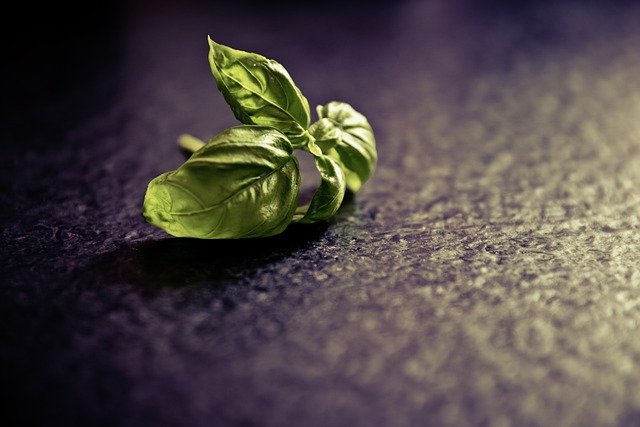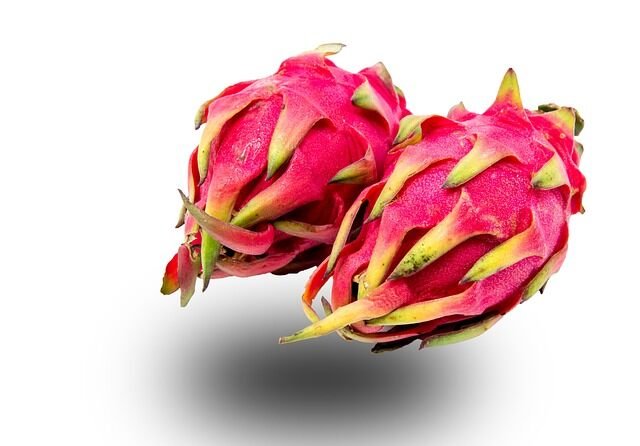Basil is a generally cherished spice; almost everybody I’ve at any point met anticipates developing new basil each late spring, and I’ve shown endless individuals how to develop it, even in winter. Be that as it may, what do you do when your basil plant comes up short, either from over-reaping, outrageous climate, or elements obscure? All things considered, how about we find out.
Basil is one of the simplest spices to develop from seed. It develops promptly and rapidly at around room temperature, and it doesn’t need an immense holder to grow a great abundance. However, it’s not generally roses, and your basil plants can fizzle. They’re dependent upon windburn, cold harm, drying out, over-collecting, and they might try and simply go through all the decency in their holder.
Restarting your basil plants again from seed is an easy and viable option, but it might not be the best one. In many cases, we can simply recharge and rescue our dying basil plants in just a few short steps, and this will be far faster than starting over again from square one.
If you feel like your basil plant has maxed out and it’s stalled in its growth, or even worse, maybe it’s actually regressing, then follow along to get your basil back on track.
Our first step is to actually remove the basil plant from its current pot or container. You can do this by simply bracing the top of the plant in between each of the stems and turning the container upside down. Don’t pull on the stems themselves; they will easily break.
Our main goal to reinvigorate our failing basil plants is to get its roots into a new batch of soil. There are actually two easy ways to do this.
The first method is to simply divide the whole plant into two or more groupings of shoots. Grab a couple of extra containers and fill them about 3/4 full of a quality organic potting mix. Compress the soil down firmly to make a nice, even landing pad. You can buy some really nice potting or container mixes at the store, or if you’re feeling frisky, you can make your own at home.
Before we do anything else, let’s set up these containers too, so they do have holes on the bottom and they’ll readily soak up that water in short order. We need the soil to be good and moist to avoid transplant shock for those basil roots.
At the point when I re-try a plant, I generally attempt to take that base portion of that dirt root ball off.
While those holders are dousing, we should split our faltering basil plant. For this basil model, I’m about to partition mine into two fresh out of the box new plants. On the off chance that our principal objective is to get the basil into new soil, eliminating as a large part of the old spent soil is need number one.
I then, at that point, take a gander at the general plant, looking for a decent line to cut and gap it into anyway many segments I need. For this situation, we’re simply slicing it down the middle, so it’s entirely simple. Furthermore, presently I’m left with two flawlessly gathered basil plants, fit to be laid out all alone.
At this point, our pre-filled compartments are great and drenched, good to go. Just put the basil cluster right on the dirt surface in the focal point of that pot or compartment. Then, take some a greater amount of that equivalent preparing blend and fill in and around all the basil shoots. Pack the dirt down somewhat and guarantee that every one of the roots are covered. Place the basil back to douse to soak that new layer of soil that we just put in, and we’re finished.
Strategy number two is a lot of a similar idea. Eliminate the basil plant from its old compartment, being mindful so as not to harm those shoots. As you look nearer, basil is definitely not an enormous multi-shoot plant; rather, it’s really a gathering of single-established shoots, each developing freely. Without especially exertion and not utilizing any instruments, we can really isolate the plant with our uncovered hands.
Pull the plants from themselves by the roots and the dirt, not by the shoots. The singular shoots pop off effectively, watching out for their broad underground roots. It’s astounding the number of roots there that are for only one minimal single shoot, yet it truly makes sense of how the dirt in these pots gets spent so quick.
As you work through the plants, put the isolated shoots on some wet paper towel to keep them suitable and to keep them from drying out. It goes before long, and presently is a decent opportunity to dispose of a portion of the little, runty stems and any of those that might have vanished.
As you go through the root ball, it gets simpler and more straightforward, with the last half probably self-destructing all alone. It’s astonishing; that is many shoots from only one little pot of basil.
To set these new shoots up, we will utilize some little starter pots. For this situation, the four-inch adaptable nursery ones. Fill them to the top with a quality natural preparing blend. Pack them down around 25%, and afterward top them off level once more.
Prior to planting, we should absorb those pots around two liters of warm water for about two hours. Once more, consistently pre-splash that dirt while you’re working with uncovered established plants. You must stay away from the opportunity of relocate shock.
For the singular basil shoots, there’s really two distinct ways of establishing them. We should begin with the quick and simple way by making an enormous opening in the focal point of the pot with your number one screwdriver. Then, snatch a few shoots of the basil and spot them as profound as they’ll go in the focal point of that opening. Quite simple stuff.
With the other strategy, we’re really going to make two more modest openings for individual stems. Clearly, this accepts about two times as lengthy, and with the broad root foundation that these basil plants have, it’s somewhat more fussy.
All things considered, it ought to be fascinating to see which strategy develops better. From one viewpoint, the single technique is giving the root foundations considerably more space for each plant, however at a more noteworthy expense of unsettling influence.
I’m feeling free to wrap up of the pots and polish off that plate. Basil is quite simple to work with thinking about that it’s a yearly, rich, quickly developing spice.
I completed the plate very soon, with the pack strategy really being two times as quick. I completed two columns for itself and one line for this single stem plantings. It’ll be not difficult to tell which one is which, and perhaps one strategy really improves.
I’ll put these folks on a develop rack under ideal nursery conditions, basically until I realize they’ve established and they will develop. Likewise, it won’t damage to toss a vault more than top to guarantee 100 percent moistness and allow those roots the best opportunity to grab hold.
All things considered, in under seven days, the basil’s reawakening. The leaves are two times as enormous and multiple times as green. New leaves are jumping out all over the place. The principal technique where we had negligible root aggravation and just partitioned the plant in half has been especially noteworthy. With the subsequent strategy, few out of every odd shoot made it, in any case, however this is not out of the ordinary with the seriousness of root aggravation. A portion of the shoots basically can’t deal with the shock of the change.
In an additional six days, the advancement is quantifiable. You can truly see the basil shoots reawakening and flourishing in their new digs. Different new hubs of development have begun, and we can before long start to top that basil to animate considerably more development.
Seeing strategy number two, there doesn’t appear to be any obvious contrast between the single stem and the pack stem techniques. As I would see it, assuming that you will separate the mother plant that much, simply stay no sweat of the pack stem strategy, limiting the root aggravation.
The one plant we basically partitioned in half is doing astonishing. You couldn’t actually perceive the two plants joined from the state it came from only 12 days prior. Many notes of lavish new development; truly, in the event that you need the simplest, most clear strategy to safeguard a weak basil plant, this would be the method for getting it done.
Basil is really simple to develop from seed and raise to a great plant, yet not all basil gets along admirably. With a limited quantity of exertion, notwithstanding, you can get your basil plants in the groove again and developing like they ought to.



